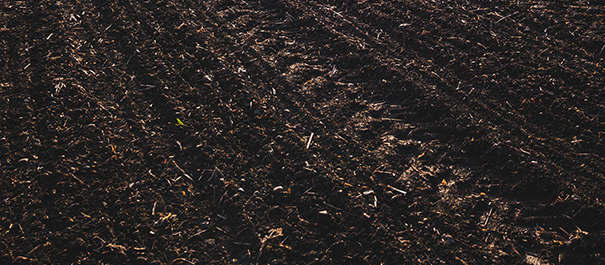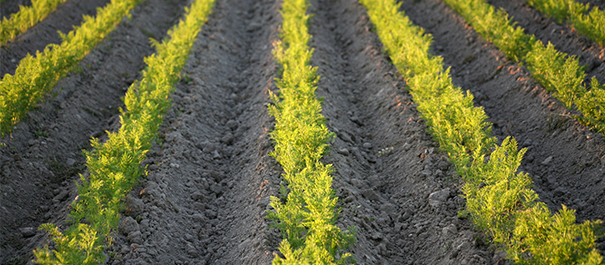






(Unit/t of production)
(Unit/t of production)
N
1.8
1.5
Very Sensitive
P2O5
0.9
0.8
Sensitive
K2O
4.8
4.4
Very Sensitive
MgO
0.4
0.3
Sensitive
TE
300-500 g/ha Bor (B)
First application

Second application

Basal fertilization with nitrogen, phosphorus and potash before sowing. Nitrogen fertilization of more than 100kg/ha, should be split into two applications. A basal fertilization is done before sowing and the N top dressing is ideally applied between four and six weeks after sowing. Due to the high demand for potash, the use of concentrated potash-emphasized NPK-fertilizers has proven effective. Since carrots are sensitive to chloride, these NPK formulas should have a low chloride content, but should contain magnesium. The chlorophyll content can be positively influenced by sufficient magnesium. A good supply of magnesium is also necessary for the health of the leaves, which is particularly important for fresh market produce. When using a top lifting harvester, crop loss can be minimised by a healthy leaf.
Nitrogen and potash supplementation:
The second dose is determined by the mineral N content of the soil. The date of the second nitrogen dose should not be too late, otherwise the colouring of the carrots is delayed, the shelf life impaired and an unnecessarily large leaf mass develops. If nitrogen is only applied once, it is more effective if applied as top dressing. Potassium should also be given in the second dose. Potassium influences the sugar content, flavour, yield, storability, and reduces water stress. Boron strengthens carrots against fungal diseases. A poor supply of boron can lead to small tissue cracks, especially at the head of the carrot. These cracks often serve as entry ports for fungal infections.
LAT Nitrogen Austria GmbH
St.-Peter-Strasse 25
4021 Linz, Austria










